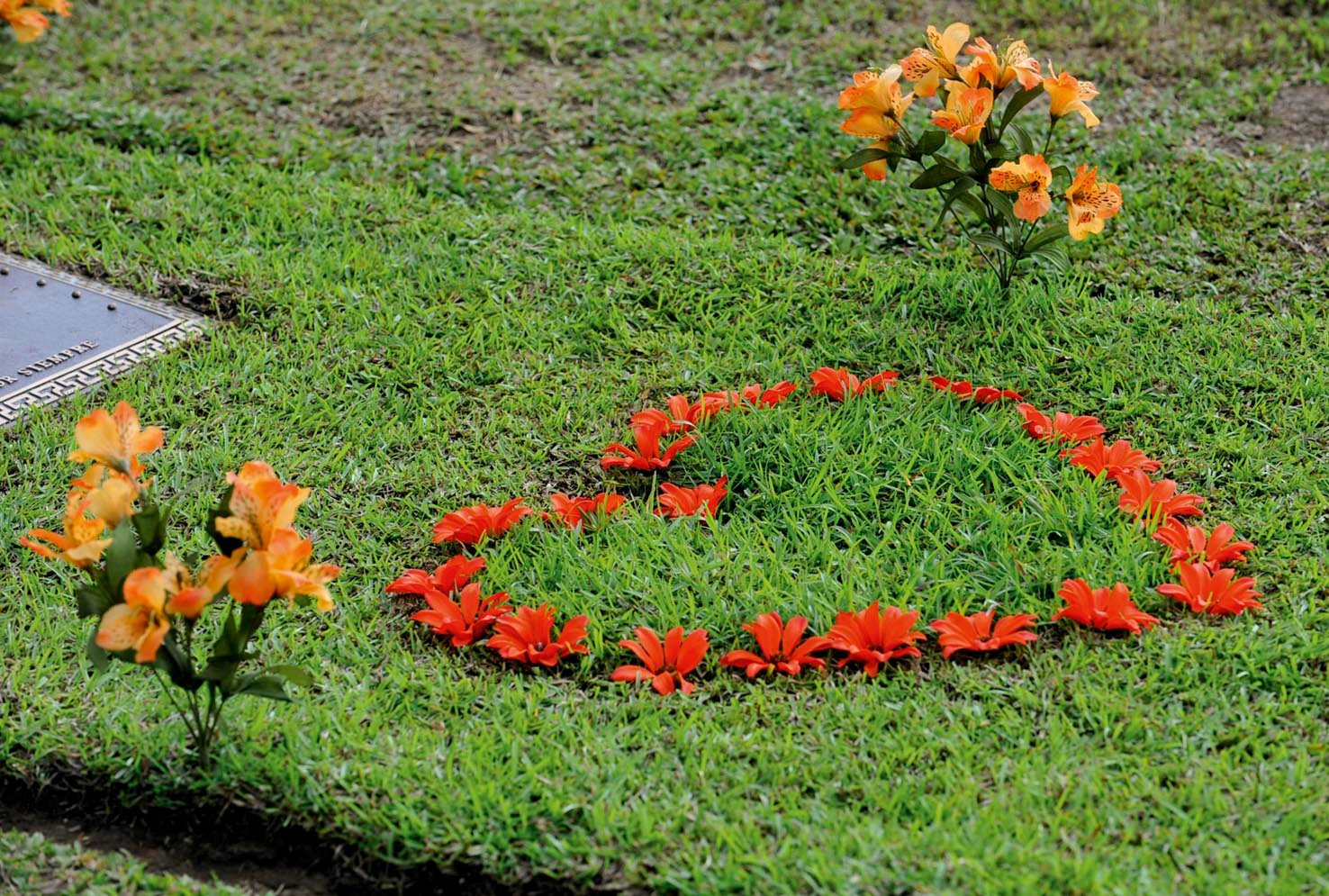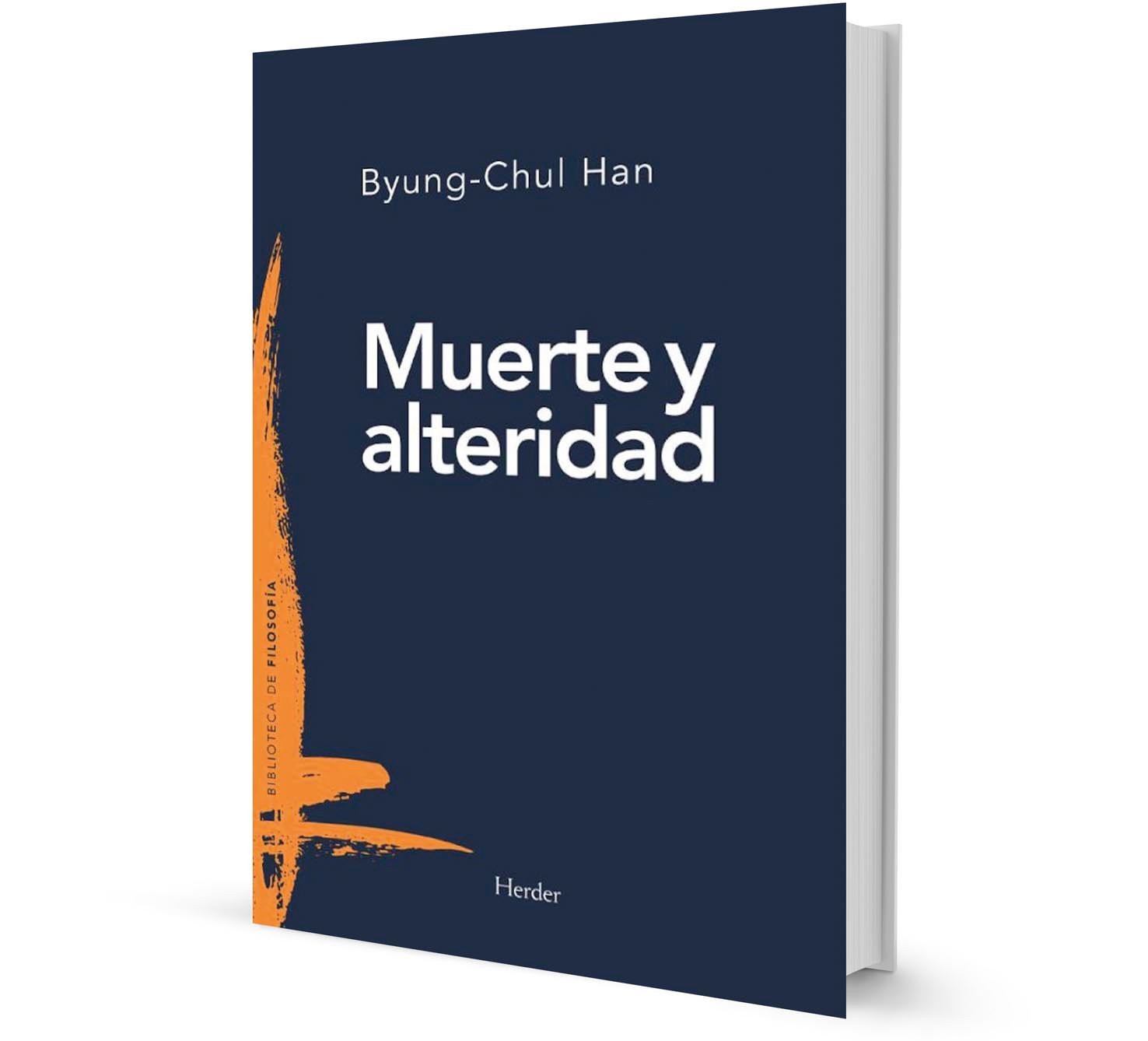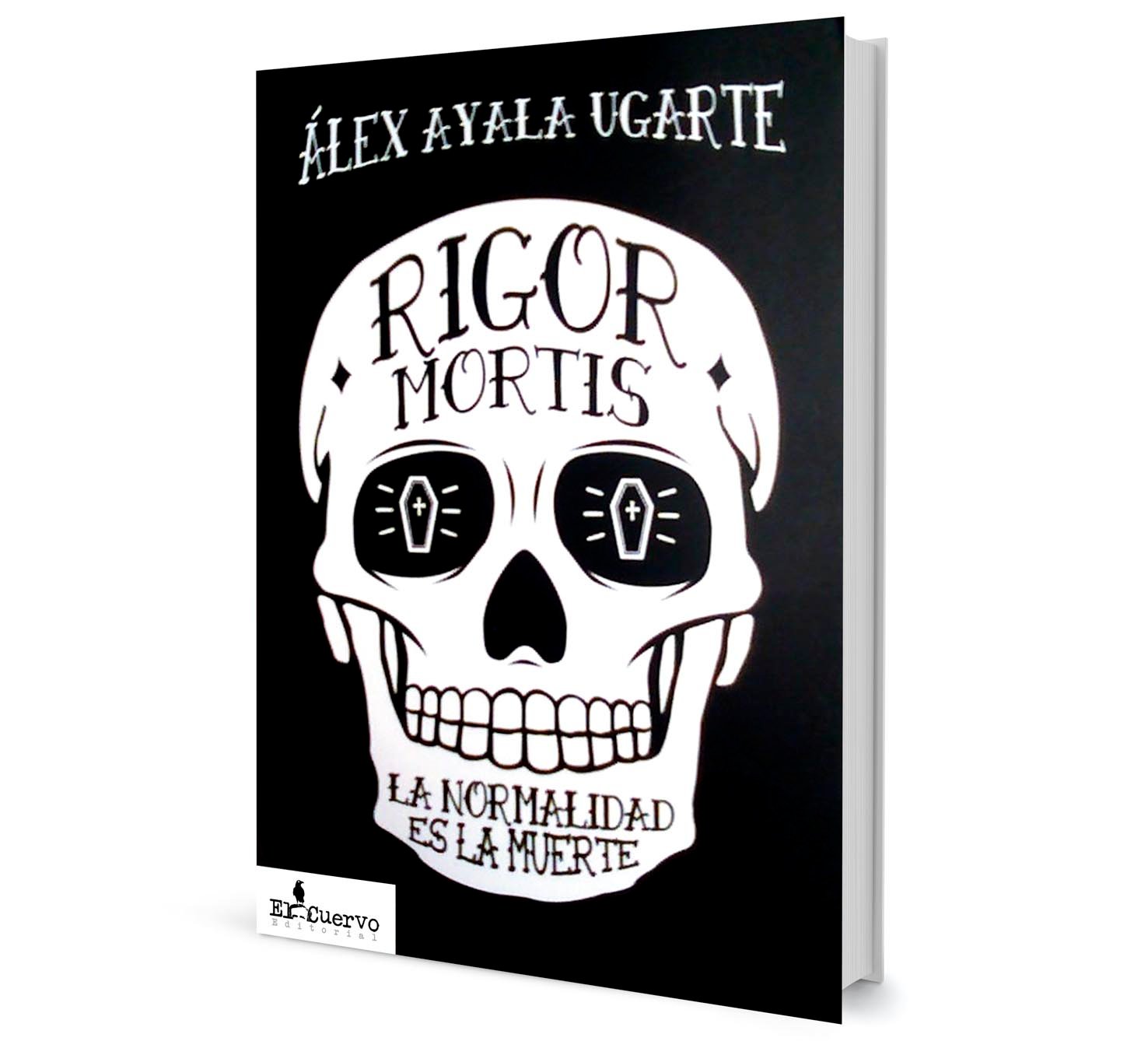
Death is Nothing
By: Ana Teresa Benjamín
Photos: David Mesa
Perhaps death is, as Ernesto Sábato wrote, the stupefaction produced by the light of a cell phone or a television, “to the point that not only is it difficult for us to abandon it, but we also lose our ability to look at and see the everyday.”
Yes, the everyday. Take, for example, the family dog sleeping with his legs in the air. The grey-haired neighborhood woman who has worked in the same shop for twenty years. Clouds in winter. The enthusiasm of a child learning to knead bread. Seabirds in their daily feast. In Sábato’s The Resistance, a tiny book in which he questions human existence from the perspective of a man who has lived for many decades, the author suggests that we have lost our capacity for wonder because “human senses are shutting down.” And living without our senses, that with which we first approach the world, is almost like dying.
Perhaps death is the farewell poeticized by Panamanian Tristan Solarte: “I’m leaving. My body has narrowed / like an old suit … Throw out the words, mourning / the poor verses. Become light of heart and of memories / for the journey.”

Light of heart and of memories. Perhaps this is the easiest way to tear from our souls the lightless gaze of an ancient grandmother, the hurtful word of a beloved, the melancholy produced by spotted hands, the stubbornness. “Forgive me for keeping you on this Earth,” Solarte also wrote, in his poem “On the eleventh anniversary of my mother’s death.” “Forgive me for not having severed the roots / that your memory put down in me. Forgive me for having preserved your braids / the black braids that continue to grow / at the bottom of the family trunk.”
Perhaps death is the threshold described by Nicaraguan Claribel Alegría, in which there are no roads, paths, or signs, where freedom is so complete, so comprehensive, that no one knows what to do with it. A threshold reached at times in dreams, where “I looked at myself / listened to myself / rivers flew through the air / expanded / fell into nothingness / is this eternity?”
Eternity. Something that comes after death, according to certain beliefs, and which somehow seeks to free us from our preoccupation with the “beyond.” The body dies, not the soul. The idea is comforting and from it arise all funeral rites.

Perhaps death is the pain produced by That Which Has No Name, but that actually does have one: mental illness. The suicide of a loved one. Life violently interrupted, caught between despair and desperation. Piedad Bonnett wrote a book to tell of the long process that led her son Daniel to commit suicide. Writing the book was a way of enduring his absence. “Daniel does not rest because he no longer is. What we linked to that name has dissolved, can no longer experience anything,” she writes. “There will come a day when no one on Earth will remember Daniel via an electronic image. He will merely be pointed at, accompanied by the question: Who is this?”
Who we are. A thing that thinks, said Descartes. But we are also a thing that feels. A thing that laughs, cries, screams, sighs, writhes. And Bonnett makes it clear: “I have tried to give your life, your death, and my sorrow a meaning. And I have done so with words, which always speak differently, do not petrify, do not serve as a grave. They are the little blood that I can give you, that I can give myself.” Words as catharsis. Words as a way of keeping alive those who no longer are.
Spaniard Paloma Díaz-Mas claimed that forgetting is also a form of dying. Perhaps, then, death is forgetfulness, the progressive forgetfulness that Alzheimer’s produces. In Lo que olvidamos (What We Forget), the author describes the stark reality of a mother who ends up thinking she is the daughter and a daughter who realizes that she has become the mother. “And so I explain to her the plants in the garden, while she nods and repeats from time to time how nice it is that I have come… “
“Then I realize that I am doing with my mother the same thing she did with me as a girl, when she took me to the park on a spring afternoon and taught me the names of plants and flowers, their colors and their shapes.”

Perhaps death is a loss of references: a smell, a sound, a voice, or a landscape. The creak of certain stairs. The tree felled to make way for a building. Her mother’s house. “In that house, my aunt, my mother, my cousins, my sisters, and I were all born, as well as our sons and daughters,” wrote Lilian Guevara in her homonymous story. “Our souls were impregnated with salt from our very first breath.”
“The cries of the seagulls and the whisper of the sea foam were our lullaby.” An old, peeling house that the Panamanian writer always thought of as her own, until the day they found out that “some new owners, unfamiliar to us, had bought it for a song and sold it for a fortune, with us inside.” They were forced to leave it, almost as if fleeing.
Perhaps life is like this in a way. We treasure memories while fleeing from pain and helplessness, like the memory that Svetlana Aleksievich harvested from one of the Chernobyl widows: “I remember the sea. We had enough time to go on vacation to the sea. I remember it: there was as much sea as there was sky; it was everywhere. The sky, which was blue, blue. And he was at my side. He didn’t want to die. He was forty-five years old.”
Philosopher Bernard Schumacher, a professor at the University of Freiburg in Switzerland, says that death is a fundamental part of human existence, but because we see it as evil, we have pushed it aside. Schumacher’s Death and Mortality in Contemporary Philosophy draws on Epicurus’s definition of death as nothing: “All good and evil consists in sensation, but death is deprivation of sensation.”
Nothingness. Perhaps this is all death is. As Epicurus also said: “While we exist, death is not present, and when death is present, we no longer exist.”

Death and
Alterity (2018)
Byung-Chul Han
Herder Editorial, 143 pages
An investigation of the complex relationship between the concepts of death, power, identity, and transformation. The author reflects on reactions to death, ways of dealing with it, and an awareness of mortality aimed at achieving serenity.

Rigor mortis: La normalidad es la muerte (2017)
Álex Ayala
Editorial El Cuervo
A collection of essays on death, in which the author uses everyday examples to explore the way people face death. The essays address the music chosen for wakes and the paraphernalia of wakes themselves, the ancient custom of taking photos of the deceased, and even the ascent of drug dealers to the kingdom of heaven. They cover everything from death in remote places to the uncertainty of a dog who has lost its owner.

Las fronteras de la muerte (2017)
Laura Bossi
Fondo de Cultura Económica (FCE), 144 pages
This history of the concept of death begins with the radical changes that shook the eighteenth century, when modern medicine brought about unthinkable phenomena, such as resuscitation and organ transplants. The book presents and analyzes the social, cultural, scientific, economic, and religious issues currently being debated with regard to the boundaries between life and death.

Pensar la muerte (2004)
Vladimir Jankèlèvith
Fondo de Cultura Económica (FCE), 59 pages
Four interviews that address the moment of death. In the first interview, the philosopher reflects on the death of someone close, the death of “the other,” and the uncertainty of death itself. In the second interview, he analyzes life from the perspective of religious practices and the position of the unbeliever in the face of death. In the third interview, he explores science, euthanasia and the legal aspects of its practice, and, finally, human violence and anxieties when faced with the fragility of life.



